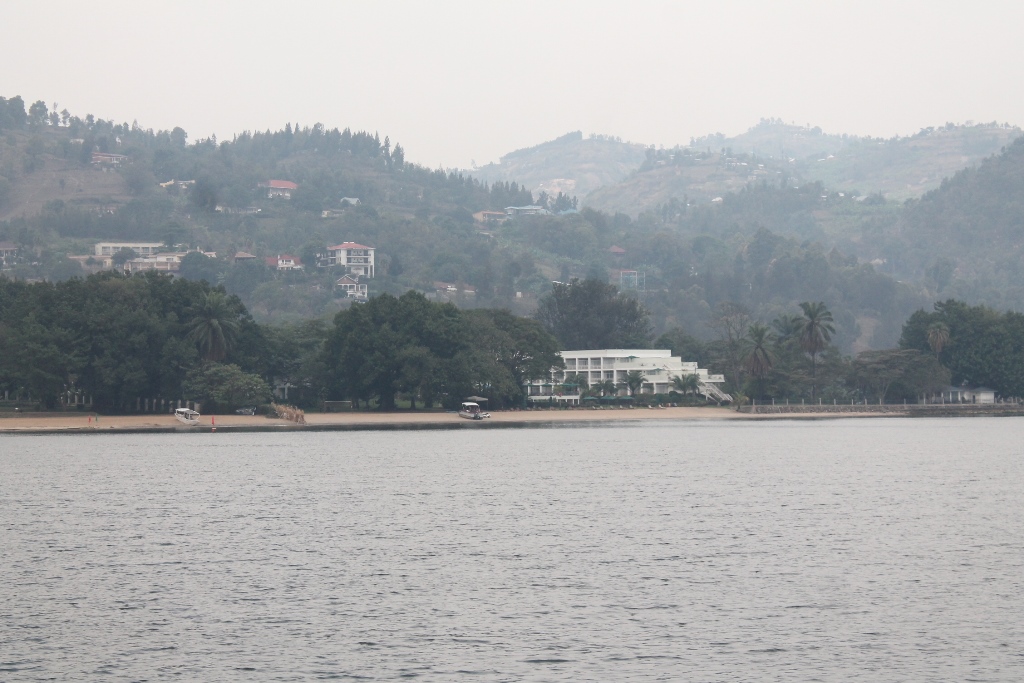Mating and reproduction in gorillas
Mating and reproduction in gorillas is a thing of curiosity for both wildlife lovers and those that are not. A few lucky people have seen the gorillas mating in Uganda and Rwanda during the gorilla trekking adventures in the jungle, much to their amusement seeing how human-like the gorillas mate. Like humans, gorillas can have […]
Are gorillas friendly or aggressive?
Gorillas have been portrayed in movies (King Kong) as violent and aggressive beasts. But is this the true image of the gorillas?Gorillas are the biggest and strongest of the primates and great apes (see the gorilla strength here), it is therefore not hard to think they are aggressive or unfriendly..So, are gorillas aggressive or friendly […]
Gorillas in Africa – here are the places to see gorillas in Africa
Gorillas have recently been put on a new list of “Big Five” animals in the world, which is a list of five animals that have been found to be very pivotal to conservation and also provide amazing wildlife adventures and photography. Therefore, seeing gorillas in their environment should be high on the bucket list of […]
Required vaccinations for visiting Rwanda
Visiting Africa comes with concerns about health for many travelers, rightly so because of the frequent epidemics and disease outbreaks on the continent. However, Rwanda has a relatively good healthcare system that it is the only country in sub-Sahara Africa where every citizen has a mandatory health insurance cover. Rwanda is also notable for swiftly […]
Are wild dogs making a comeback in Uganda?
The African Painted Dogs, also called African Wild Dogs have been sighted in Kidepo Valley National Park which is located in the semi-arid Karamoja region in the far north eastern corner of the Uganda. This confirmed sighting of the wild dog by the park on 27th June 2023 is the first after a long absence […]

